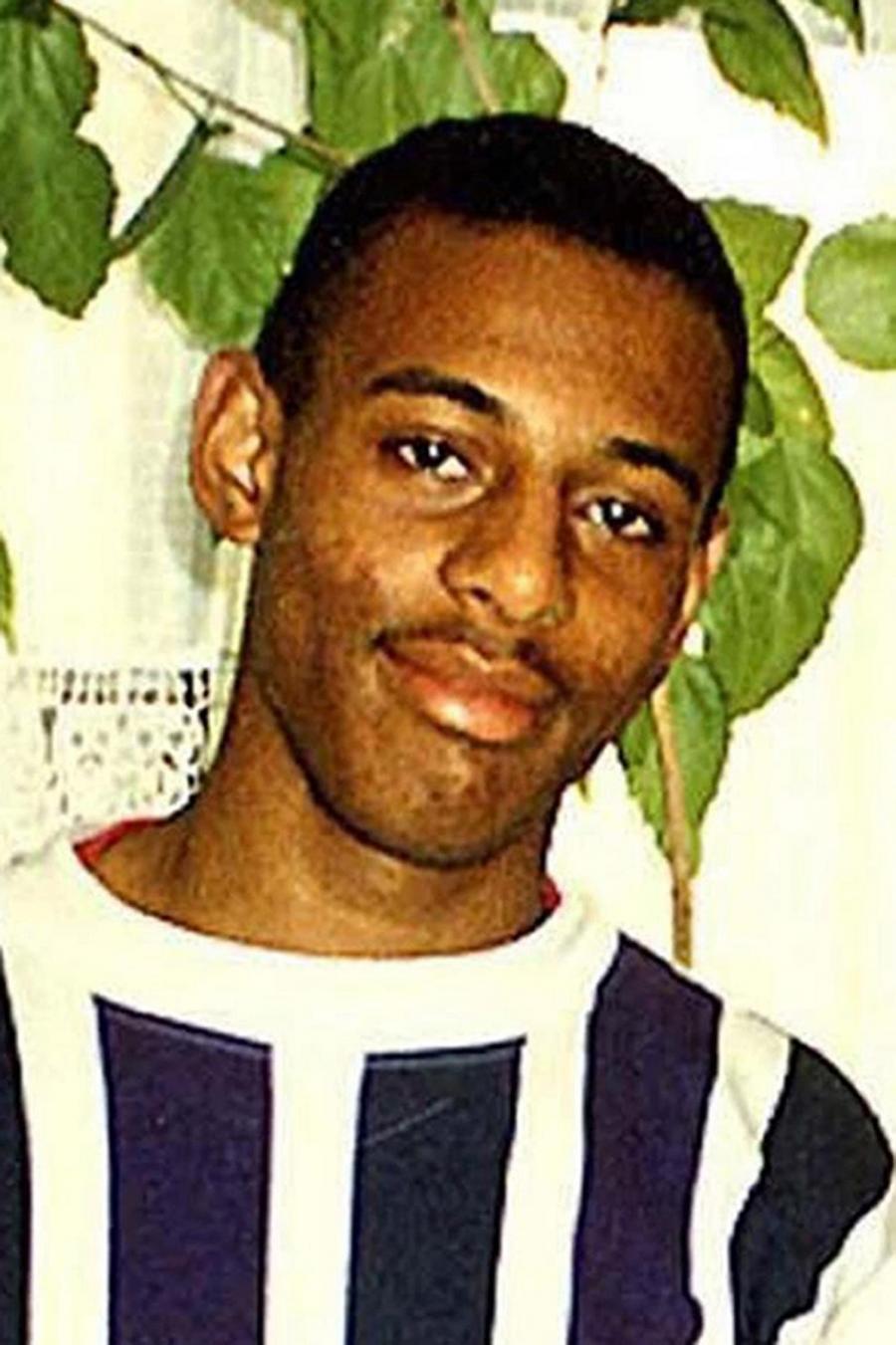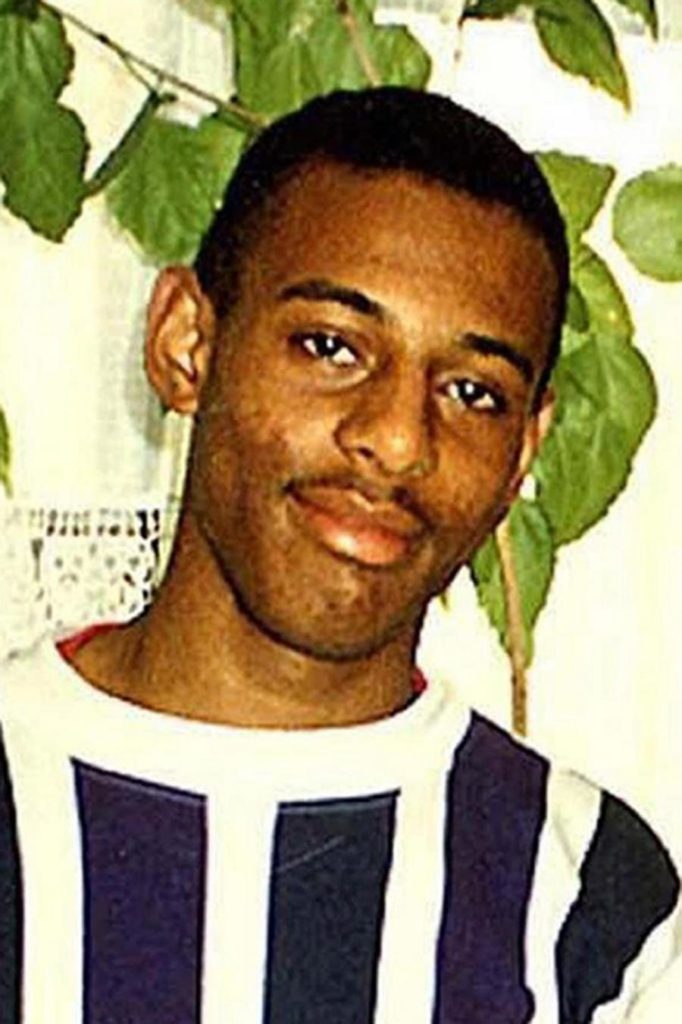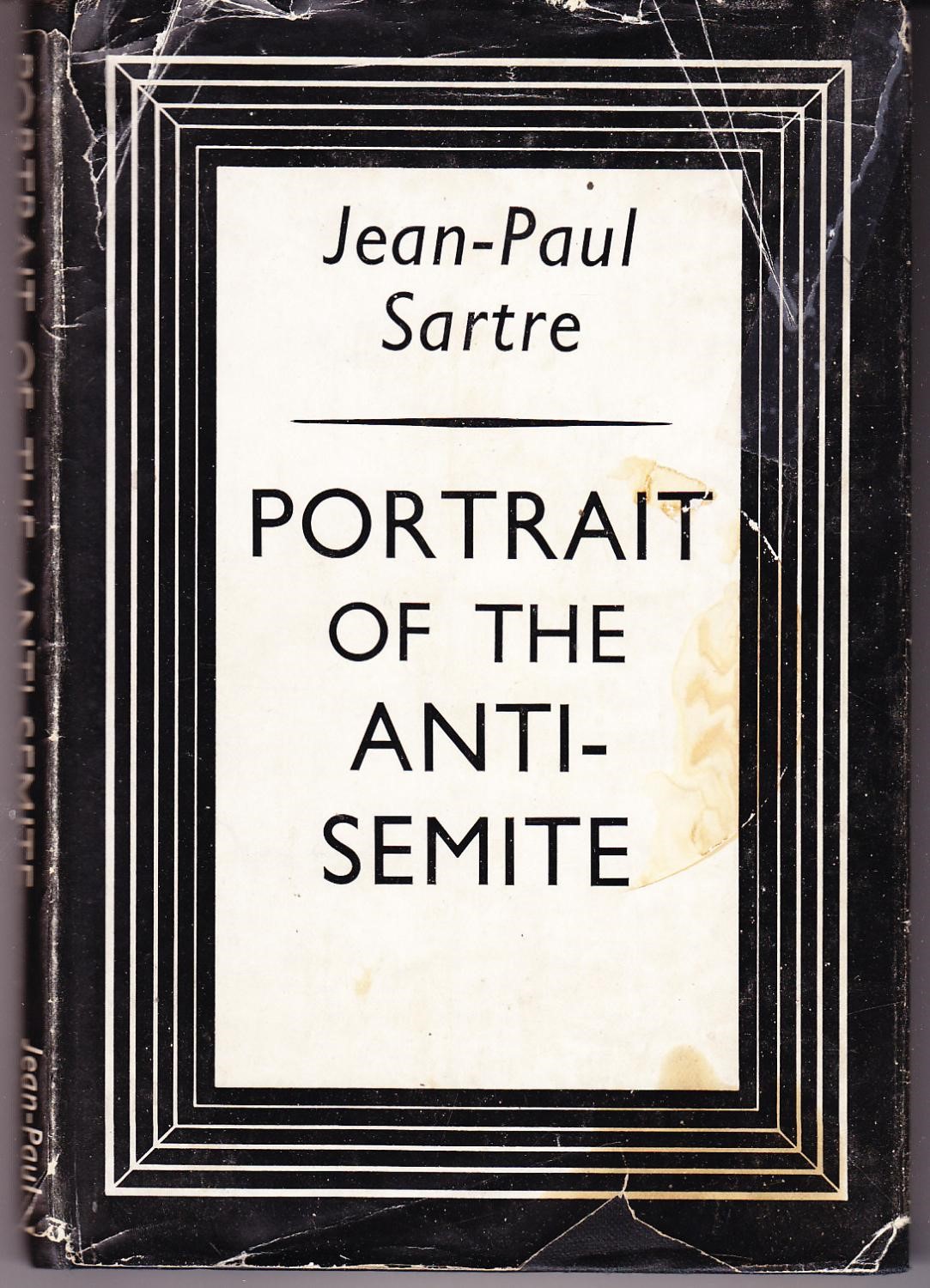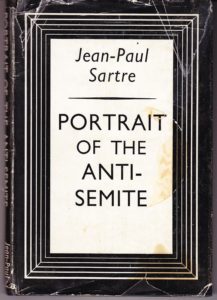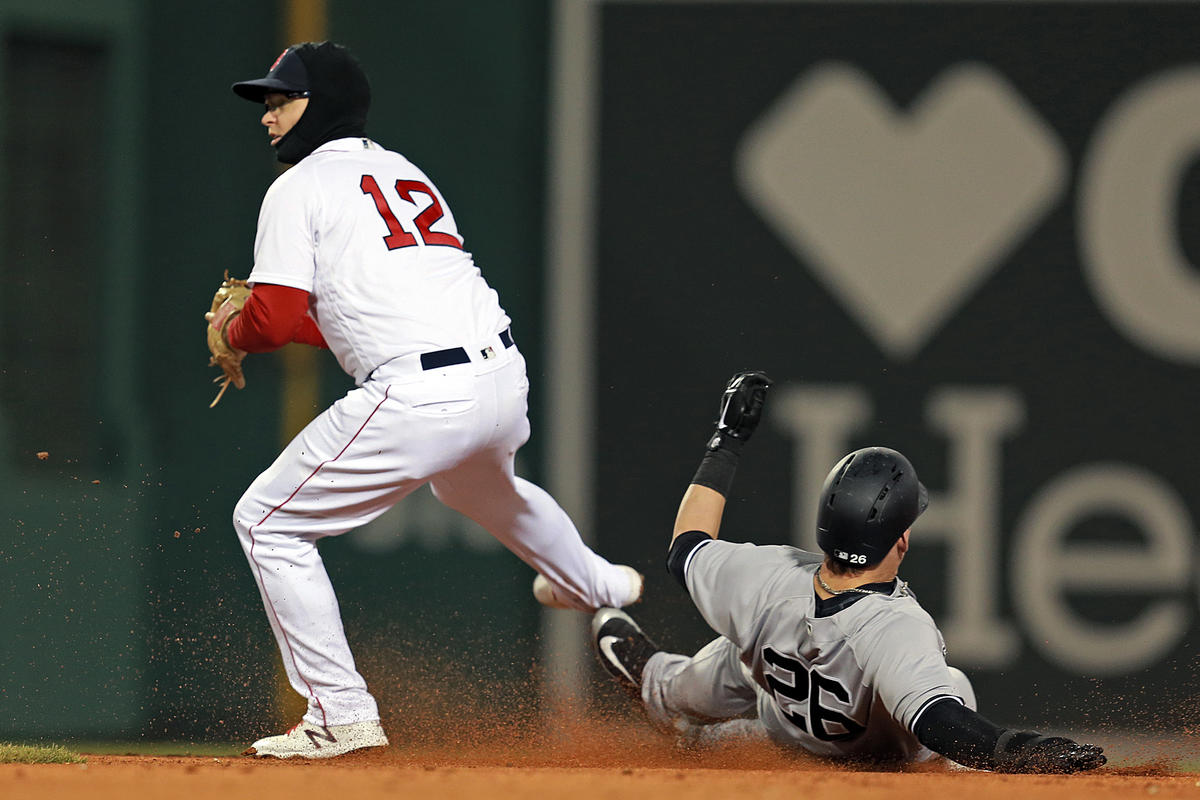Black Saints, White Demons: The Martyr-Cult of Stephen Lawrence
You read it here first. In 2013, my article “The Ruling Stones” pointed out that England had a new patron saint: Stephen Lawrence, the Black teenager murdered by a White gang in 1993. What I said five years ago has now become an official reality. The British prime minister Theresa May has announced an annual “Stephen Lawrence Day” on 22nd April, just before St George’s Day on 23rd April. The shabbos shiksa May was indulging in conspicuous minority worship, trying to overcome the damage done to her cuckservative government by the so-called “Windrush scandal.”
What’s up with the Brits?
However, it’s plain that Stephen Lawrence Day has been deliberately placed in the calendar as an attack on White Englishness. St George was England’s old patron saint and 23rd April is also the traditional birthday of William Shakespeare, the archetypal English genius. John Derbyshire put it like this at VDare: “No more of that white supremacist nonsense! The 23rd now dwells in the shadow of the 22nd, Stephen Lawrence Day.”
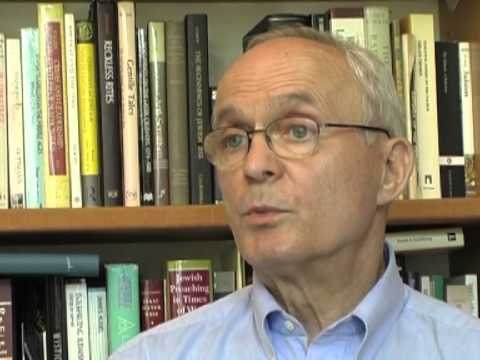
Mainspring of the martyr-cult: Dr Richard Stone
Derbyshire went on to express his usual bemusement at the state of his motherland: “What on earth is the matter with the Brits, that they have elevated this one regrettable but insignificant killing into a great holy martyrdom?” As I explained in “The Ruling Stones,” it wasn’t the Brits. Rather, it was a small but highly energetic minority that is hostile to the Brits. The guiding intellect behind the martyr-cult of St Stephen Lawrence has been an SJW called Dr Richard Stone, whose own website describes him as “a leading expert in social cohesion, anti-racism, and Islamophopia” and “a regular speaker around Europe at conferences on these topics.” Dr Stone is a part of an anti-White, pro-minority network that wields power at the highest levels of government not just in Britain but right across Europe. Read more


